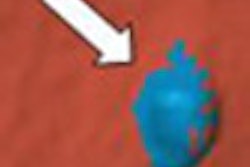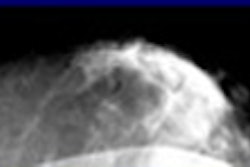Dear CT Insider,
Lung cancer, the leading cause of cancer death in both men and women, continues to reveal its secrets. A population-based report released this week concludes that CT screening programs could be rendered less expensive and more effective if family history were included as a screening criterion.
"While debate continues about the efficacy of spiral (CT) screening for lung cancer in broad populations of smokers, the ability to focus screening efforts in a truly high-risk subpopulation would clearly be of benefit now," wrote Ann Schwartz and John Ruckdeschel. Numerous studies suggest that it may be time to move beyond reliance on pack years smoked as the primary screening indication, the team reported.
Also in lung cancer screening, encouraging new I-ELCAP follow-up data from Dr. Claudia Henschke and colleagues from Cornell University in New York City suggest that secondary lung cancers may benefit from more aggressive management, and that lymph node involvement may be less common than previously reported, particularly with regard to smaller lesions.
Altogether the results suggest that careful attention to the screening cohort, and muscular follow-up protocols for additional detected lesions, may be keys to long-sought cost-effectiveness and outcome improvements in lung cancer screening. You'll find the details in our CT Insider Exclusive story.
Also included in this issue are new studies from the 2005 RSNA meeting regarding the utility and limitations of lung CAD applications.
In one of 2005's more intriguing developments, MDCT is making inroads in breast imaging as well. A team from the University of California, Davis, has found promising results from a homegrown breast CT scanner that uses conebeam CT and no compression to image the breast. The results, while only preliminary to date, indicate that breast CT might be at least as sensitive and somewhat more comfortable than film-screen mammography.
In gastrointestinal radiology, Korean researchers are using CT to differentiate mesenteric ischemia from transmural necrosis, potentially sparing the need for invasive intervention in the former.
In the emergency department, the availability of MDCT seems to jump-start the demand for scans compared to single-slice, according to a study reported by staff editor Jonathan Batchelor.
Of course, these stories are only a sample of what you'll find in this issue of the CT Digital Community. We invite you to scroll down the page for the rest of our coverage, and look forward to seeing you again throughout the new year.




















